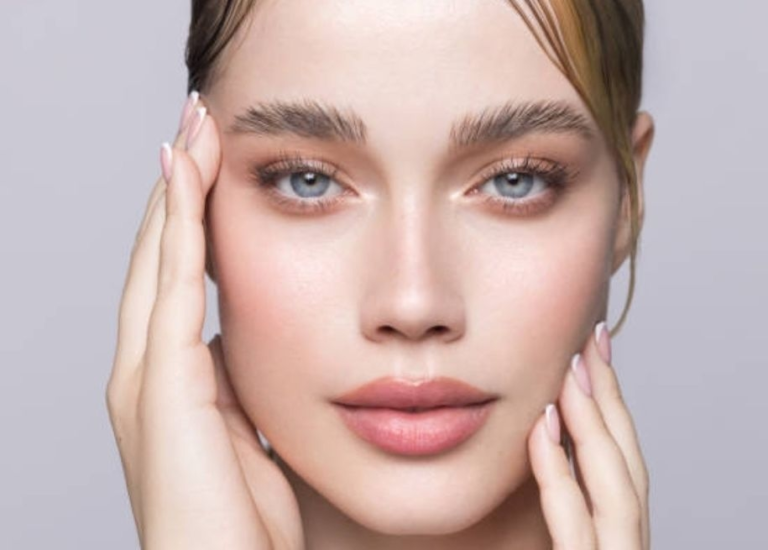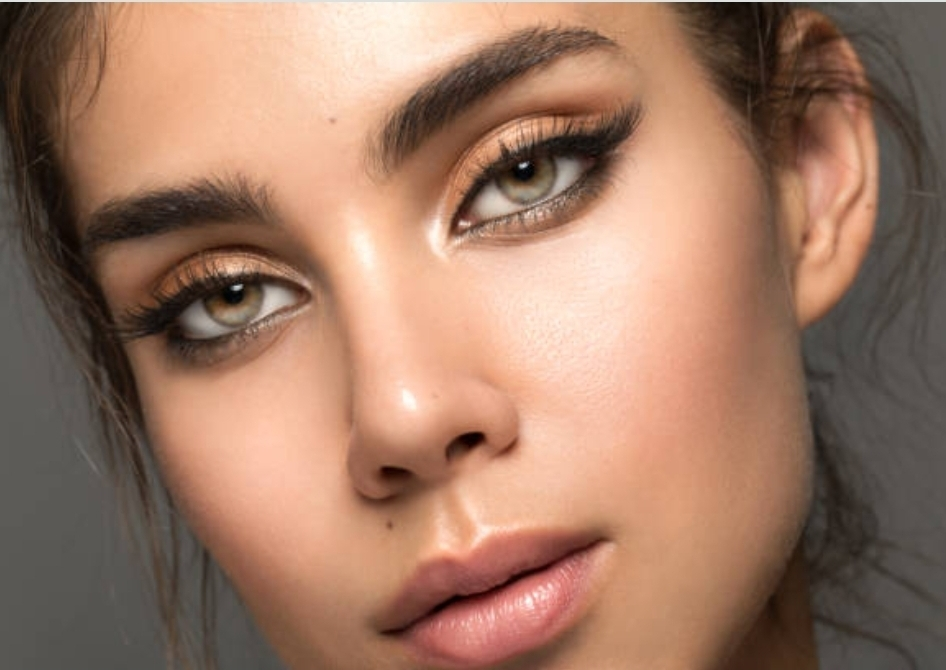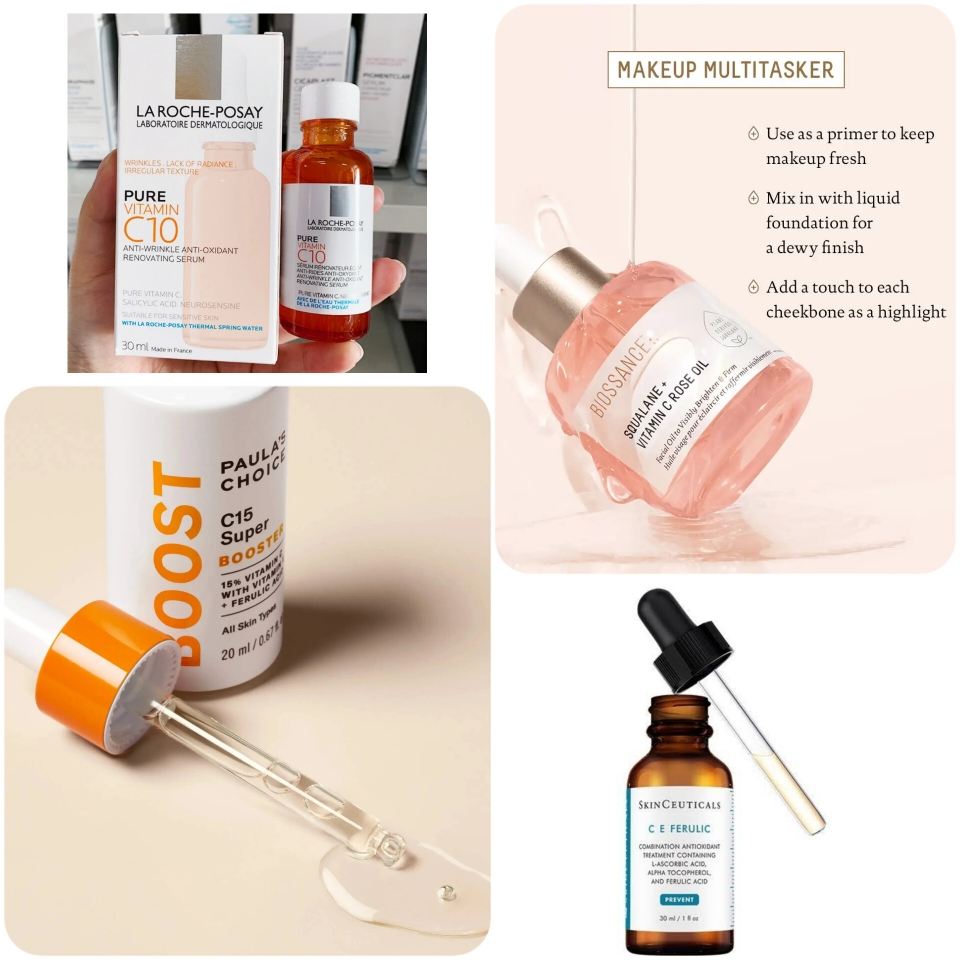
In this article, we will answer people’s questions about rhinoplasty. The purpose of this article is to provide accurate and practical information about this surgical procedure. By reading this article, we intend to familiarize you with the benefits, risks, and side effects of rhinoplasty.
Topics covered in this article include:
– What is rhinoplasty?
– The importance of rhinoplasty
– Suitable age for rhinoplasty
– Characteristics of meaty nose
– Fantasy rhinoplasty
– Natural rhinoplasty
– Best method for rhinoplasty
– Open rhinoplasty
– Closed rhinoplasty
– Rhinoplasty for men and women: Differences and information
– Free in-person consultation
What is rhinoplasty?
Rhinoplasty is one of the methods of cosmetic nose surgery performed to change the shape and size of the nose. In this procedure, the aesthetic appearance of the nose is improved by reconstructing or altering its structure. Rhinoplasty can be performed in an open or closed manner, and its goal is to create balance and beauty in the face.
The importance of rhinoplasty
Rhinoplasty has great importance in today’s society. The nose, as one of the important features of the face, has a significant impact on beauty and facial harmony. Generally, individuals who suffer from problems such as a large, small, crooked, meaty, or permanently swollen nose may experience a decrease in their self-esteem and confidence. Rhinoplasty can help individuals have a better and more beautiful appearance and regain their self-esteem and confidence.
Suitable age for rhinoplasty
Age evaluation:
Before deciding to undergo rhinoplasty, a thorough evaluation of the age of the individuals involved is carried out. Some plastic surgeons believe that the most suitable age for this procedure is between 18 and 40 years. During this age range, the nose is in its final growth stage, and the nasal structure is suitable for surgical changes. However, each individual should be evaluated separately and consider the physician’s recommendations.
Characteristics of a fleshy nose
A fleshy nose has specific characteristics that may require changes. We will discuss the types of meaty nose surgery models:
1. Fantasy Rhinoplasty (Doll-like Rhinoplasty):
This type of fleshy nose surgery is performed in a fantasy and creative way. In this method, the nose is changed using special techniques such as reducing meaty fibers, narrowing nasal openings, and lifting the nasal angle between the nasal tip and upper lip by 90 to 100 degrees. This type of rhinoplasty is suitable for individuals who want to have a small and unique nose.
2. Semi-Fantasy Rhinoplasty:
Semi-fantasy rhinoplasty uses a combination of fantasy and natural techniques. In this method, the nose is changed in a way that appears natural. Semi-fantasy noses tend to have a slightly upward inclination in the nasal tip, and the nasal openings in this procedure are smaller than in natural rhinoplasty. By adding some special details, it enhances the beauty of the face.
3. Natural Rhinoplasty:
Natural rhinoplasty aims to improve the aesthetic appearance of the nose in a natural way. In this method, the nose is reshaped using techniques such as bone adjustment, reduction of nasal tissue volume, and other natural shape changes. This method is suitable for individuals who seek natural and harmonious changes with their face. The majority of rhinoplasty surgeries worldwide fall into this category.

The Best Method for Rhinoplasty
Rhinoplasty is one of the issues that requires expertise and experience in plastic surgery. The best method for rhinoplasty depends on the individual’s characteristics and needs. However, some common methods for rhinoplasty include:
1. Open Rhinoplasty
Open rhinoplasty is a surgical method in which larger incisions are made in the nose to have better access to the internal nasal tissues. This method may be used for cases that require significant changes in the shape and structure of the nose, such as repairing the nose after a severe injury, correcting a previously unsuccessful surgery, or extensive reshaping of the nose.
In open rhinoplasty, after the large incision in the nose, the skin and soft tissues are lifted to have access to the nasal bones and cartilage. Then, the surgeon can modify the shape and structure of the nasal bones and cartilage as desired. After making the desired changes, the skin and tissues are repositioned to the new shape of the nose, and the incisions are carefully stitched.
The advantages of open rhinoplasty include better access to the internal parts of the nose, the ability to make more extensive changes in the shape and structure of the nose, and precise reconstruction for complex cases. However, this method usually requires a longer recovery time and may involve more bleeding and swelling compared to the closed method.
Like any other surgery, open rhinoplasty also requires consultation and collaboration with a specialized plastic and cosmetic surgeon. They can inform you about the advantages, limitations, and potential consequences of this method and guide you to make the right decision.
2. Closed Rhinoplasty
Closed rhinoplasty, also known as endonasal rhinoplasty, is a cosmetic surgical method used to correct the shape and size of the nose. In this surgical method, without significant external incisions, the irregular and unnatural parts of the nose are adjusted to achieve the desired shape and size.
In closed rhinoplasty, the surgeon gains access to the site of the problem from inside the nose. Then, using small surgical instruments, excess or altered tissues are excised or removed. Finally, the nasal tissues are repositioned to the desired shape and size, and the nose returns to its natural form.
The advantages of closed rhinoplasty include a shorter recovery time, no need for significant external incisions, and minimal possible bleeding. Additionally, this method is usually used as a cosmetic surgery and can create minor changes in the shape and size of your nose.
It is important to know that closed rhinoplasty should be performed by a skilled and specialized surgeon. Before making a decision about the surgery, it is necessary to consult with a specialized plastic and cosmetic surgeon to assess suitable cases and your facilities and limitations.
Rhinoplasty in Men and Women: Differences and Important Information
1. Introduction
In rhinoplasty, the main goal is to improve the beauty and nasal breathing functionality. However, there are differences between rhinoplasty in men and women. In this article, we will explore these differences and gain a better understanding of how rhinoplasty is performed in both genders.
2. Differences in the Nose between Men and Women
1. Facial Pattern
One of the fundamental differences between the sexes in the nose is the facial pattern. The noses of men and women differ in relation to the facial structure and the placement of other facial features. For example, women usually have noses with smaller and thicker dimensions compared to men.
2. Skin Thickness
Skin thickness also differs between the noses of men and women. Generally, the skin of the male nose is thicker than that of females. This difference in skin thickness affects the stages of recovery and improvement after rhinoplasty.
3. Nasal Length
The length of the nose also varies between different genders. Generally, women tend to have smaller and shorter noses compared to men. This difference in nasal length also affects the surgical approach and the desired changes in the nose.
In general, nasal length can differ between women and men. However, the extent of this difference varies among individuals and is influenced by genetic, racial, and cultural factors, and it should not be assumed to be true for all individuals.
In general, some studies have shown that among large populations, men may have larger noses compared to women. This can be attributed to genetic and metabolic factors related to fat distribution in the body, facial bone structure, and gender-related needs in certain cases.
Additionally, in some cases, women may have smaller noses compared to men. However, these differences are not absolute and definitive for all women and men, and they require further examination and consultation with a plastic surgeon for an accurate diagnosis and determination of personal needs.
Ultimately, any decision regarding rhinoplasty and aesthetic changes should be made in consultation with and guidance from a plastic surgeon. They can provide appropriate guidance and recommendations based on your needs and goals.
Conclusion
In conclusion, it is important to note that nasal surgery differs in men and women. These differences include facial patterns, skin thickness, and nasal length.
refrens:https://www.binisurgery.com/%d8%b9%d9%85%d9%84-%d8%a8%db%8c%d9%86%db%8c-%da%af%d9%88%d8%b4%d8%aa%db%8c-%da%86%db%8c%d8%b3%d8%aa-%d8%9f/

